DataMesh FactVerse: Major Update to Warehousing & Logistics DLC – Empowering Digital Transformation
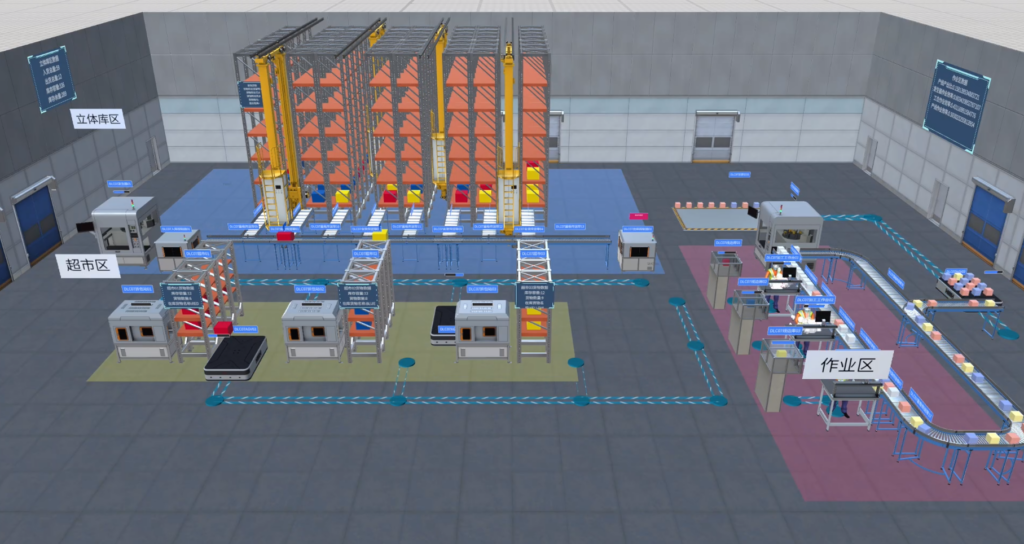
The DataMesh FactVerse Platform Industry DLC – Warehousing & Logistics DLC has been upgraded with a variety of new 3D models tailored for the warehousing & logistics sector, providing an out-of-the-box digital twin solution to optimize the entire operational process.
DataMesh Showcases Simulation Digital Twins Powered by DataMesh FactVerse and NVIDIA Omniverse at GTC 2025

FactVerse to further support enterprises to build high-quality simulation digital twins and AI solutions with NVIDIA Omniverse technologies, and introduce a new NVIDIA Omniverse extension, to seamlessly connect FactVerse to applications developed on Omniverse.
Introducing DataMesh FactVerse Implementation: Modular, Low-Code, and Data-Driven
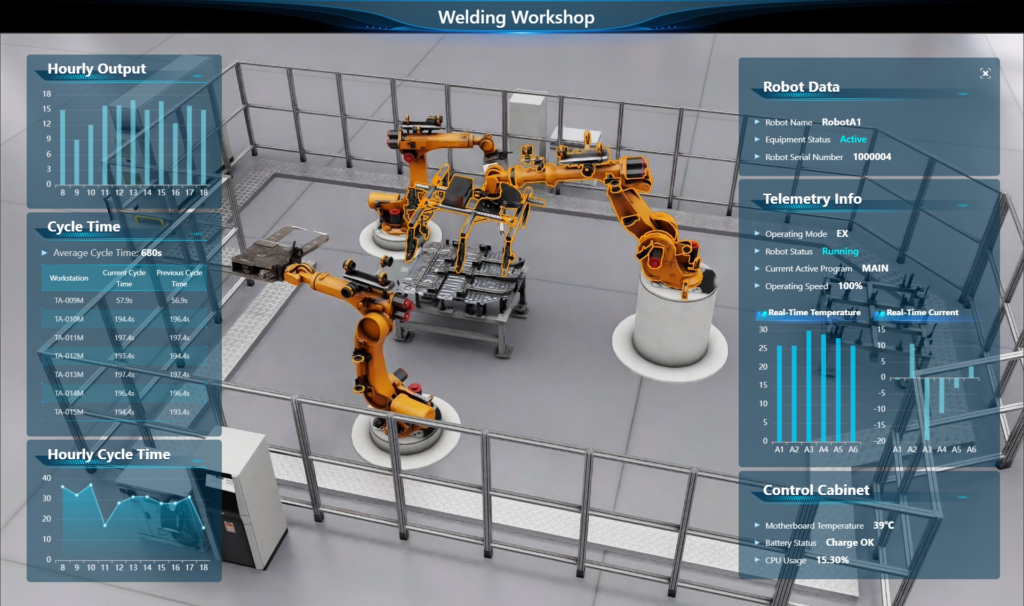
This article explores how DataMesh FactVerse Implementation empowers enterprises to accelerate their digital twin initiatives with a modular, low-code, and data-driven approach—driving ROI, reducing costs, and increasing efficiency.
FactVerse + Omniverse: Building a Spatiotemporally Consistent Simulation Digital Twin and AI Business Platform
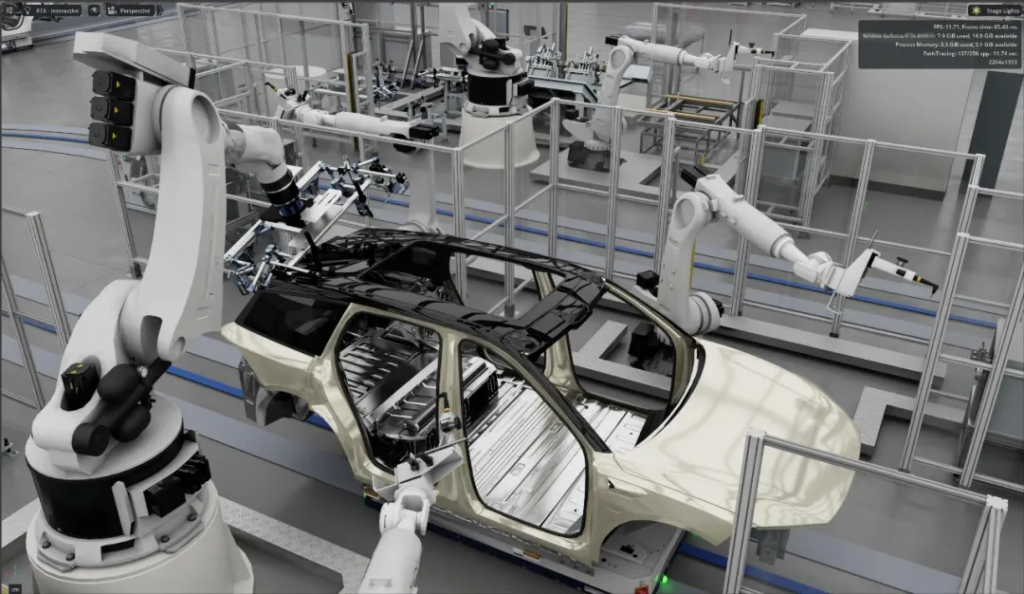
DataMesh is now working closely with NVIDIA to integrate the strengths of FactVerse and NVIDIA Omniverse, making the deployment of digital twins more efficient, sustainable, and user-friendly. This collaboration aims to empower key stages of manufacturing, ultimately enhancing operational efficiency.
DataMesh FactVerse Powers NIO’s Smart Factory Transformation with Digital Twins

In collaboration with DataMesh, NIO deployed a Production Management Center (PMC) digital twin platform for its vehicle assembly line. Powered by FactVerse, this platform transforms production management by enabling comprehensive simulation and real-time monitoring of the entire production process within a highly detailed 1:1 digital twin factory.
DataMesh Among the Top 10 Finalists in the 2024 NVIDIA Inception Showcase – Final Showcase
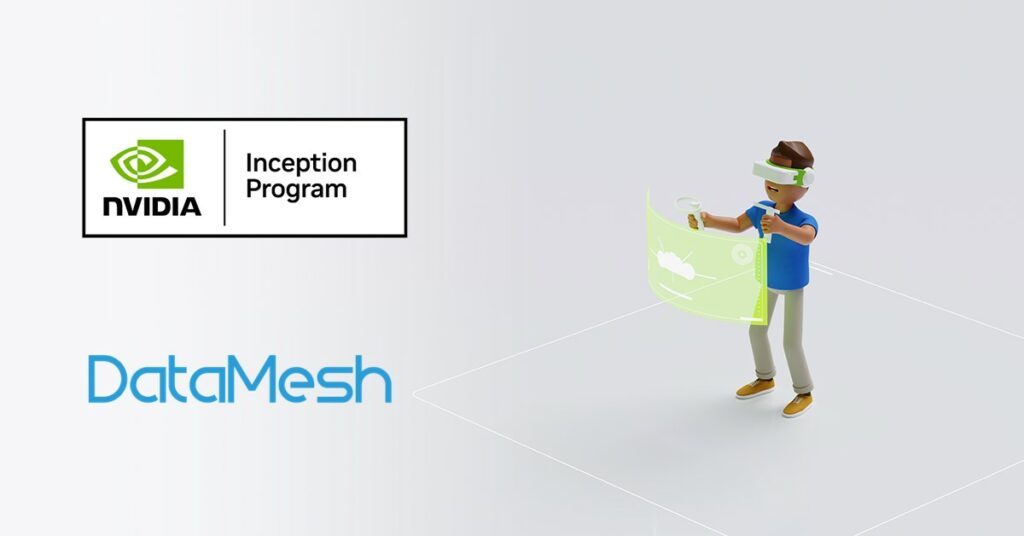
We have made it to the Top 10 Finalists of the 2024 NVIDIA Inception Showcase. The event attracted over 300 startups nationwide, and we’re proud to be recognized for our pioneering innovation in simulation digital twins.
DataMesh Recognized as a Sample Vendor in the 2024 Gartner® Emerging Tech Impact Radar Reports
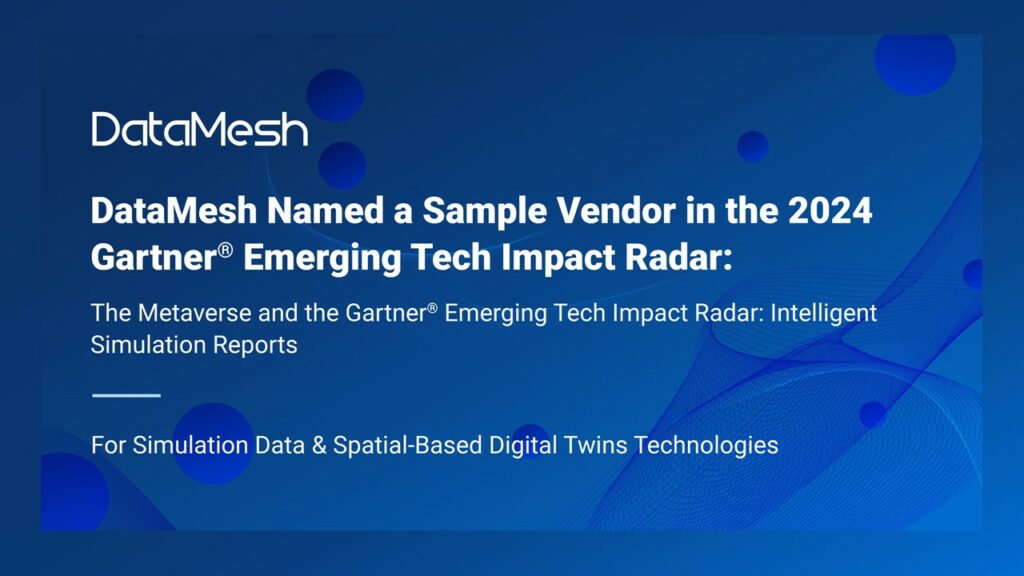
We believe that being named a Sample Vendor in both Simulation Data and Spatial-Based Digital Twins is a testament to the value of DataMesh and the company’s leadership and contributions in intelligent simulation and industrial metaverse solutions.
DataMesh FactVerse 7.2 Updates: Build a Digital Twin Factory That Works, Not Just Looks
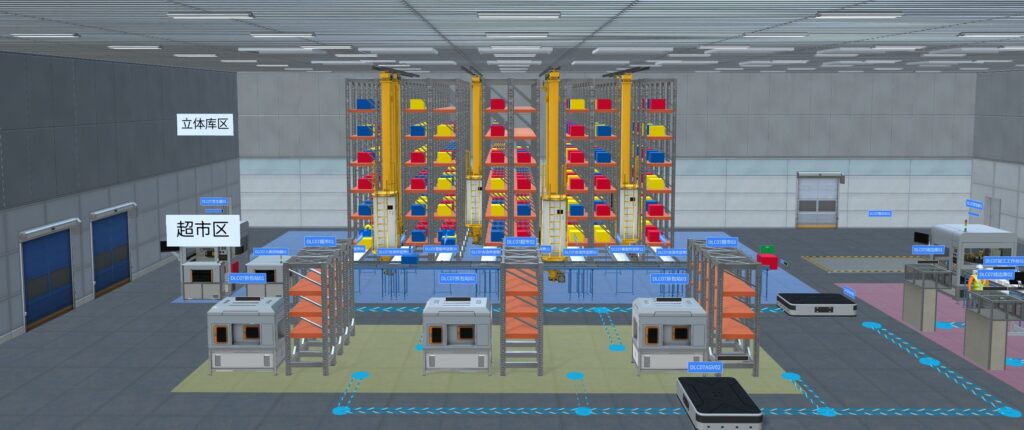
The 7.2 updates bring enhanced tools and features, empowering enterprises to create intelligent digital twin scenarios with greater efficiency. From streamlined scenario design to immersive training modules, these updates advance digital transformation and operational innovation.
DataMesh Concludes New Funding Round
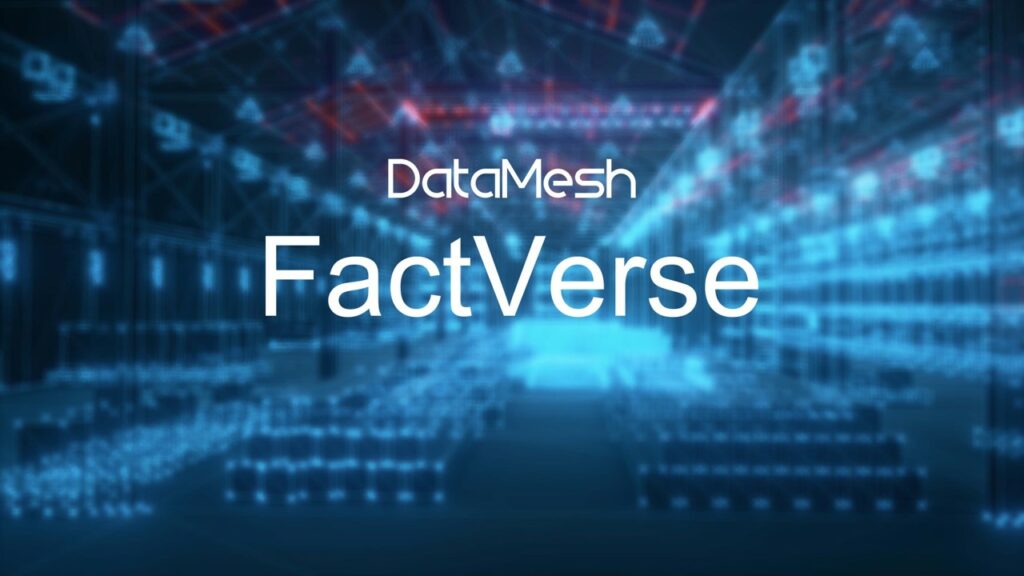
Expediting the research & development efforts and market expansion of DataMesh’s Industrial Metaverse platform, further driving digital transformation across the industrial sector, particularly through the application of XR and digital twin technologies.
DataMesh to Advance Digital Twin and XR Accessibility with New Updates to the FactVerse Platform
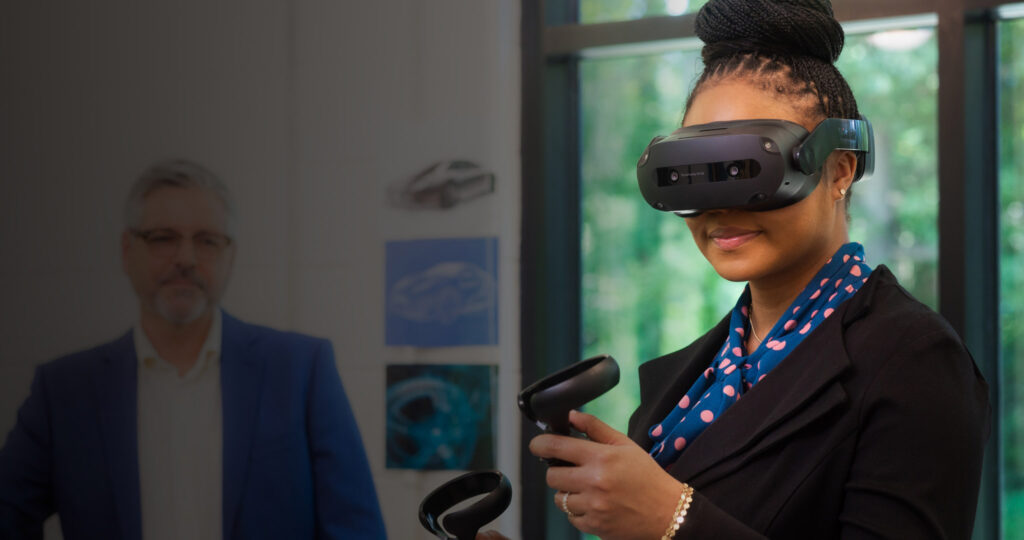
Utilising the cutting-edge capabilities of the Snapdragon Spaces™ XR Developer Platform, DataMesh introduces a diverse range of applications to various AR glasses and tablets globally, delivering unmatched XR experiences for enterprise users.